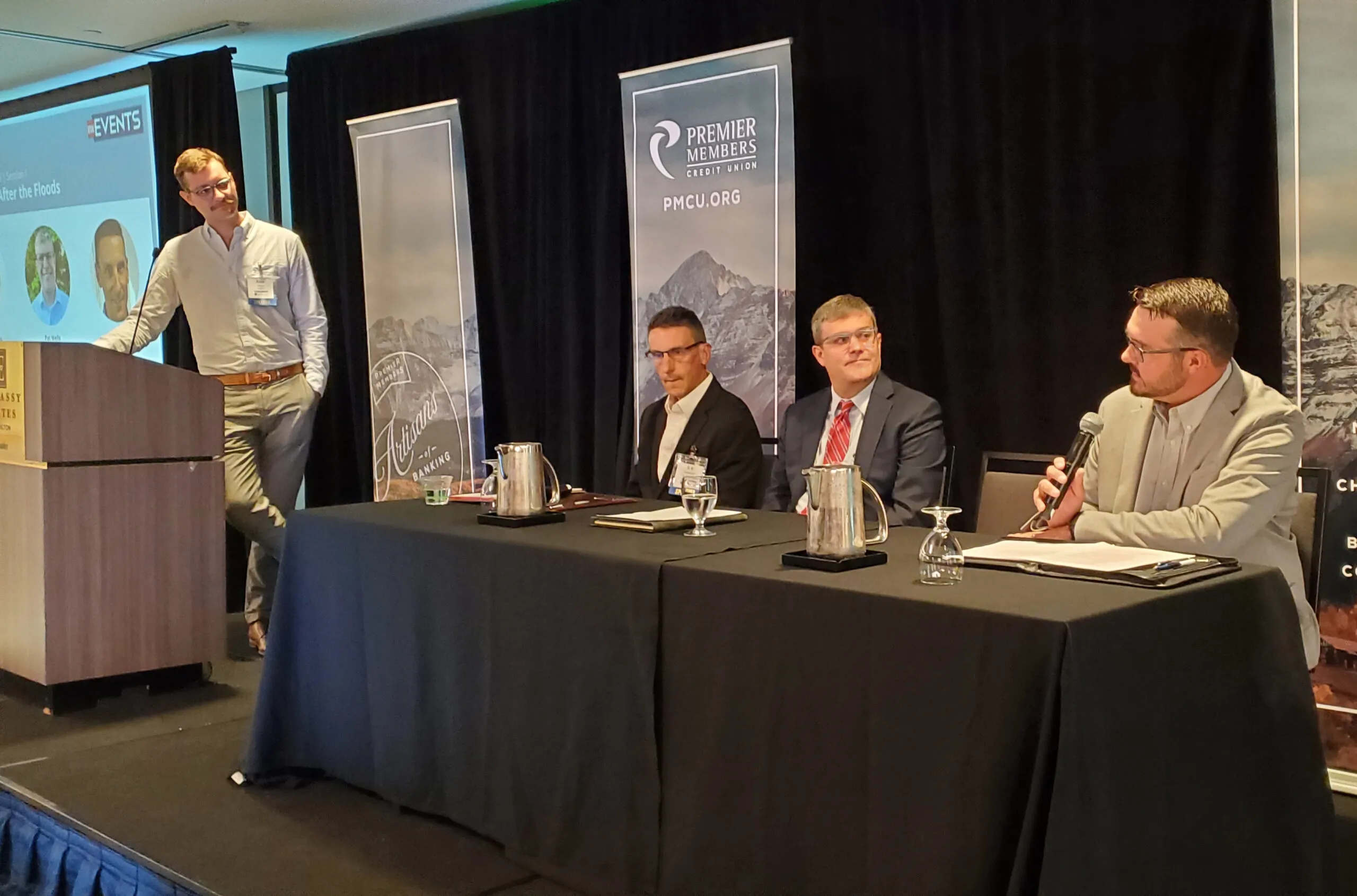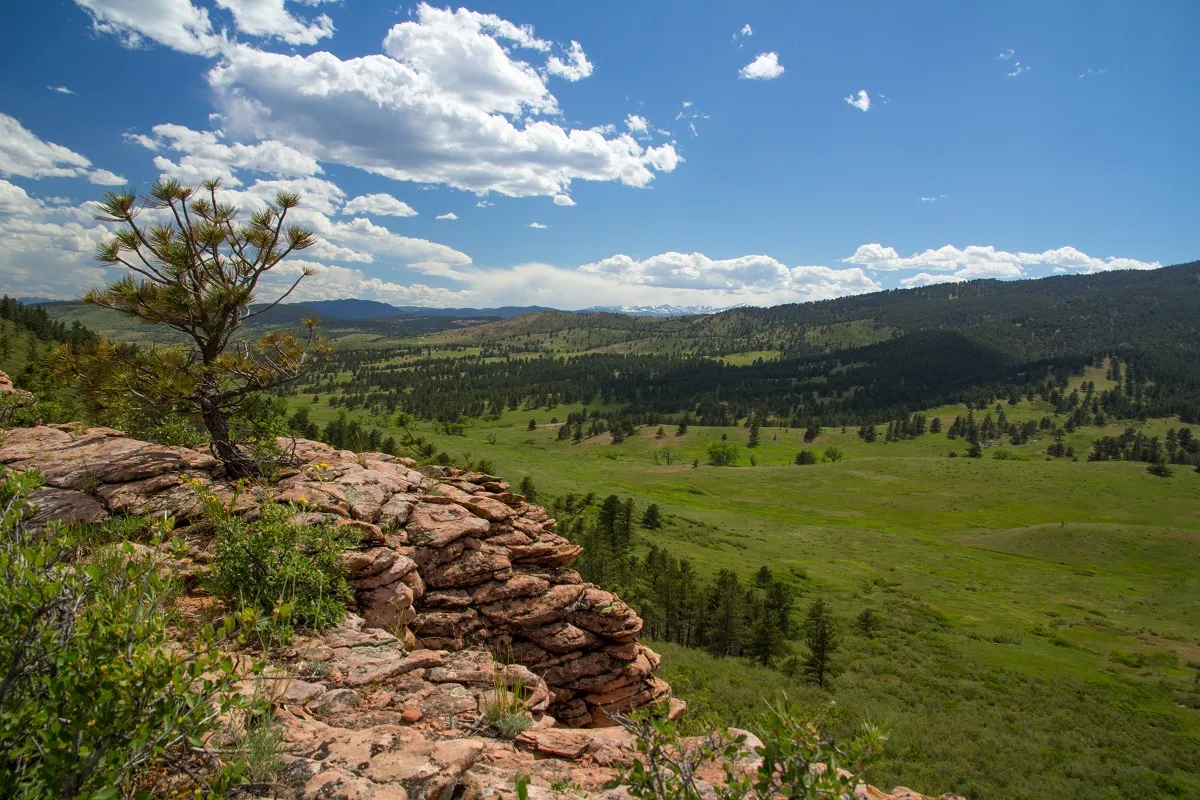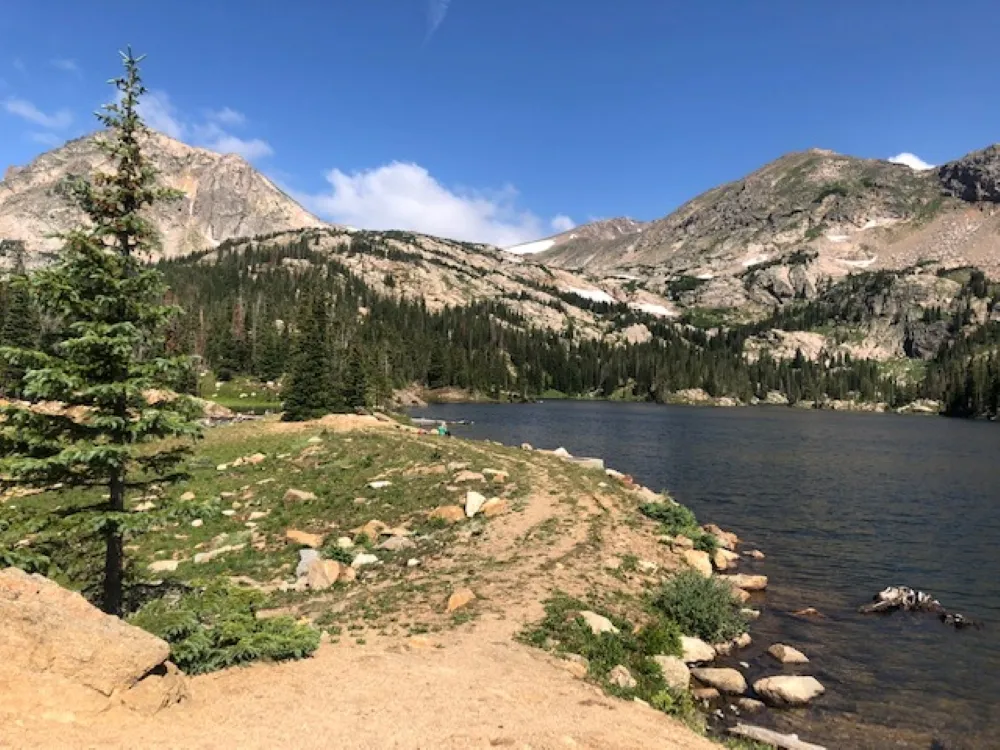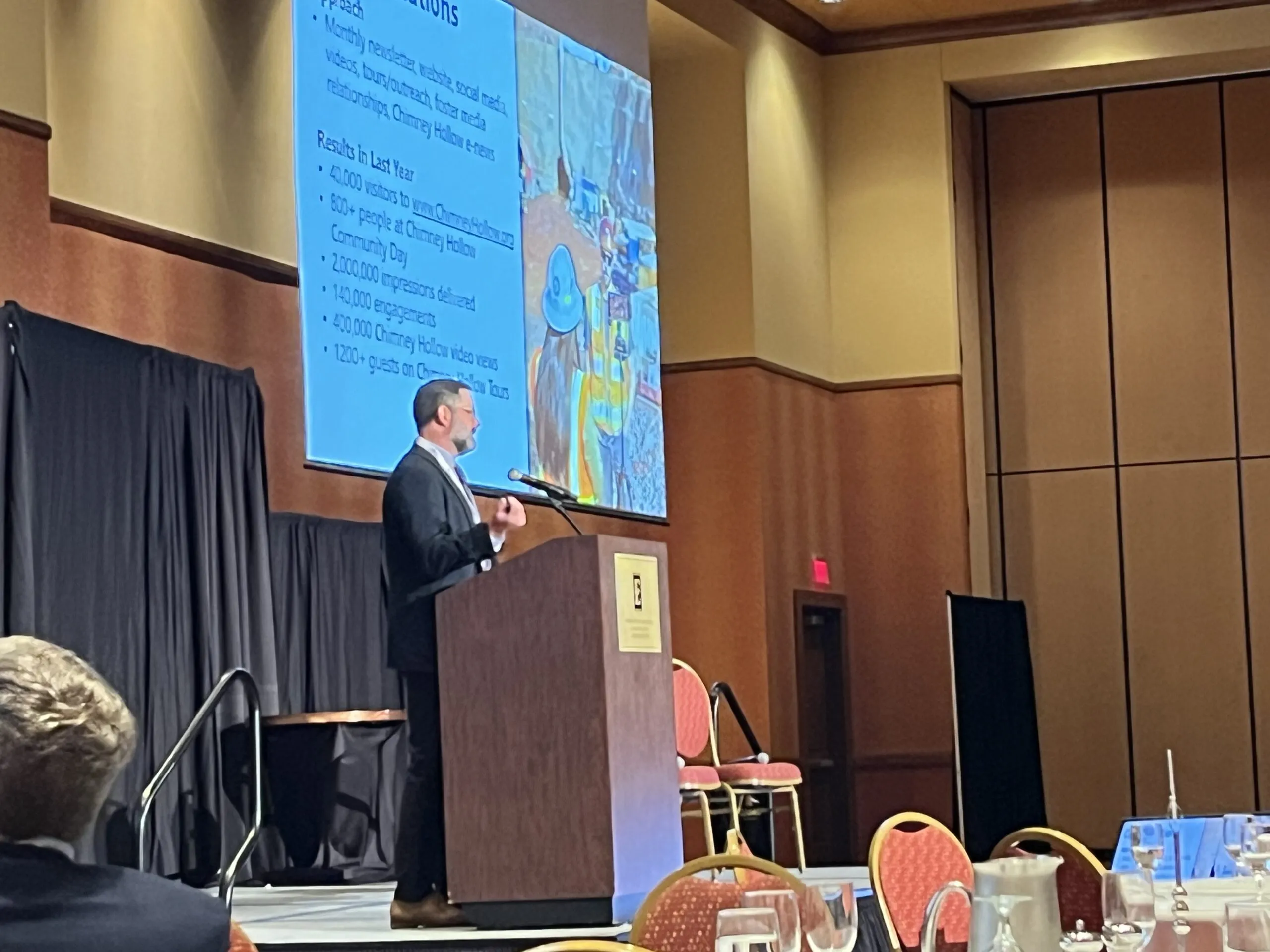Confluence: Water managers face whatever crisis is on tap

This week’s quartet of wildfires raging in the Front Range foothills gave an extra sense of urgency to a Thursday discussion among water managers about how to keep the flow coming during uncertain times.
THIS ARTICLE IS FOR SUBSCRIBERS ONLY
Continue reading for less than $3 per week!
Get a month of award-winning local business news, trends and insights
Access award-winning content today!
Already have a paid subscription?
Sign in with GoogleSign in with Google





